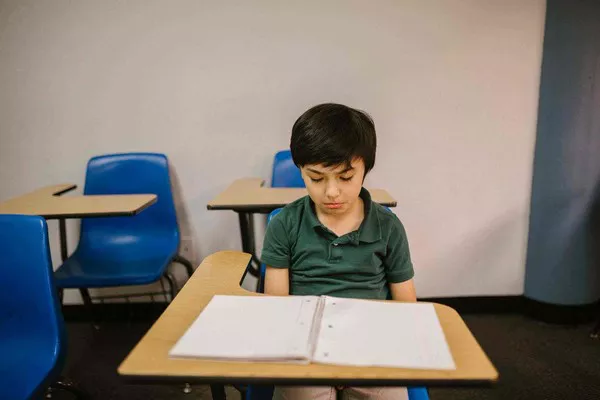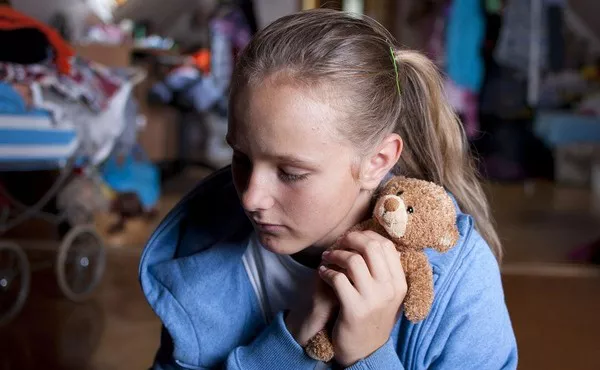Love is one of the most complex and powerful emotions that humans experience. It has inspired art, literature, music, and countless other forms of expression for centuries. Despite its ubiquity and significance, love remains an elusive and mysterious concept that continues to intrigue scientists, philosophers, and psychologists alike. Why do humans fall in love? What mechanisms drive this profound emotional experience? While the experience of love is deeply personal and can vary across individuals, there are psychological, biological, and social factors that contribute to why humans fall in love.
In this article, we will explore the multifaceted nature of love, examining the psychological and biological processes involved, the role of evolution, the impact of attachment styles, and the cultural influences that shape how we experience love. Understanding the complex dynamics of love can provide insight into human behavior and relationships, as well as offer a deeper appreciation for this universal emotional experience.
Psychological and Biological Foundations of Love
At its core, love is a psychological and biological phenomenon. It involves a blend of emotions, thoughts, behaviors, and physiological responses that work together to create the experience of bonding, affection, and attachment. To understand why humans fall in love, it is essential to look at both the psychological and biological factors that shape this emotional experience.
The Role of Neurotransmitters and Hormones
One of the key biological factors in the experience of love is the release of certain chemicals in the brain, which influence our emotions and behavior. Neurotransmitters and hormones play a critical role in the initial stages of love, often referred to as “romantic love.”
Dopamine: Often called the “feel-good” neurotransmitter, dopamine is associated with feelings of pleasure, reward, and motivation. When we are in the early stages of falling in love, dopamine levels increase, leading to a sense of excitement and euphoria. This chemical surge can create the intense feelings of attraction and infatuation that are commonly associated with romantic love.
Oxytocin: Known as the “bonding hormone,” oxytocin is released during physical touch, intimacy, and emotional connection. It fosters feelings of trust, attachment, and closeness, and is often referred to as the “love hormone.” Oxytocin plays a central role in forming long-lasting emotional bonds, and its release during moments of physical closeness can strengthen the emotional connection between two individuals.
Serotonin: Serotonin is another neurotransmitter that influences mood, happiness, and well-being. During the early stages of love, serotonin levels can fluctuate, sometimes leading to obsessive thoughts or feelings of elation. As love deepens and the relationship becomes more stable, serotonin levels tend to regulate, contributing to emotional balance and contentment.
Vasopressin: This hormone is linked to long-term attachment and commitment. It is released after physical intimacy and helps promote loyalty and the desire to stay connected to a partner. Vasopressin plays a role in forming lasting emotional bonds and contributes to the desire for monogamy in many species, including humans.
These chemicals work in tandem to create the emotional and physical sensations that make love such a powerful and compelling experience. The combination of pleasure, bonding, and attachment fosters the deep emotional connection that we describe as falling in love.
The Psychological Process of Love
While biology sets the stage for the experience of love, psychological factors shape how we perceive and respond to romantic attraction. Several psychological processes are at play when humans fall in love, including the following:
Attraction and Similarity: Attraction is often the first step in the process of falling in love. Research has shown that people are more likely to be attracted to individuals who are physically appealing, share similar interests, and have compatible personalities. This attraction creates the initial desire to get to know someone better and may lead to deeper emotional connections. Similarity plays a key role in this process—people tend to feel more comfortable and secure with those who share common values, beliefs, and goals.
Reciprocity: One of the most powerful psychological principles in love is reciprocity. When someone shows interest or affection toward us, we are more likely to reciprocate those feelings. The experience of being desired and valued by another person creates a sense of validation and emotional fulfillment, which can intensify romantic feelings. In other words, we tend to fall in love with those who demonstrate that they care for us in return.
Attachment Theory: According to attachment theory, our early experiences with caregivers influence the way we form relationships later in life. Individuals who experienced secure attachment in childhood are more likely to form healthy, stable romantic relationships in adulthood, while those with insecure attachment styles may struggle with intimacy or develop unhealthy relationship patterns. Attachment styles—whether secure, anxious, avoidant, or disorganized—play a significant role in how we experience love and how we approach intimacy and commitment in romantic relationships.
Emotional Vulnerability: Love often involves a deep emotional vulnerability, which fosters intimacy and trust. When individuals allow themselves to be open, honest, and vulnerable with one another, they create the conditions for a strong emotional bond to form. This emotional connection is a fundamental aspect of romantic love, and it deepens over time as individuals share their thoughts, feelings, and experiences with each other.
Idealization: During the early stages of love, individuals often idealize their partners, seeing them through “rose-colored glasses.” This idealization can make the person seem more attractive and perfect than they might actually be. While this can contribute to the intensity of romantic feelings, it can also lead to unrealistic expectations, which may cause disappointment or disillusionment if the relationship progresses and flaws become more apparent.
The Evolutionary Perspective: Why Love Exists
From an evolutionary perspective, love serves a critical function in the survival and reproduction of the human species. Evolutionary psychologists argue that the emotions associated with love—such as attachment, bonding, and commitment—are mechanisms that promote reproductive success and the survival of offspring. Love helps ensure that individuals form lasting partnerships, which in turn increases the likelihood of successful child-rearing.
Pair Bonding: One of the key evolutionary purposes of love is to facilitate pair bonding, which increases the chances of successful reproduction and child-rearing. In humans, the process of falling in love and forming a committed partnership helps ensure that both parents invest in the well-being of their offspring. Love fosters cooperation and emotional support, which are essential for raising children in a safe and nurturing environment.
Mate Selection: Love also plays a role in mate selection. The emotions associated with romantic attraction help individuals assess potential partners based on traits that indicate genetic fitness, health, and the ability to provide for and protect offspring. In this sense, love serves as a guide for choosing a mate who will increase the chances of successful reproduction.
Social Cohesion: Love, particularly in the form of familial and social bonds, helps create social cohesion within communities. Humans are social creatures, and the bonds of love strengthen relationships within families, friendships, and communities. These connections promote cooperation, support, and mutual care, which ultimately benefits the survival of the group.
The Impact of Cultural and Social Influences
While biological and psychological factors play a significant role in the experience of love, cultural and social influences also shape how we understand and express love. Different cultures have distinct ideas about what love is, how it should be expressed, and what it means for individuals and society. These cultural norms influence everything from the timing and nature of romantic relationships to the expectations surrounding marriage and family.
Cultural Expectations: Cultural norms and societal expectations influence how individuals approach love and relationships. In some cultures, love is seen as a prerequisite for marriage, while in others, arranged marriages or pragmatic considerations take precedence. These cultural differences shape how people experience love and the ways in which they express their feelings toward others.
Media and Popular Culture: The media plays a significant role in shaping our perceptions of love. Romantic movies, television shows, and books often present idealized versions of love that emphasize passion, grand gestures, and “happily ever after” endings. These portrayals can influence our expectations of love and shape the way we approach romantic relationships in real life.
Social Influence: Social factors, such as peer pressure and family expectations, can also influence the experience of love. People may be influenced by the opinions and desires of their friends and family members, which can affect their choices of romantic partners and the way they navigate relationships.
Conclusion
Humans fall in love because of a complex interplay of biological, psychological, evolutionary, and social factors. The biological processes that occur in the brain and body create the intense feelings of attraction, pleasure, and attachment that define romantic love. At the same time, psychological processes such as attraction, reciprocity, and emotional vulnerability contribute to the development of deep emotional bonds. Evolutionarily, love serves to facilitate pair bonding and successful child-rearing, while cultural and social influences shape how love is experienced and expressed in different contexts.
Ultimately, the experience of love is as multifaceted as the human experience itself. It is shaped by our biology, our psychology, our past experiences, and the world around us. By understanding the underlying mechanisms that drive love, we gain a deeper appreciation for its power, its complexities, and its significance in our lives.
Related topics:






















